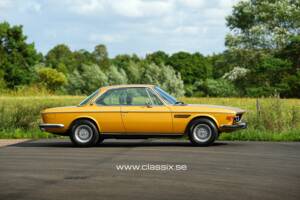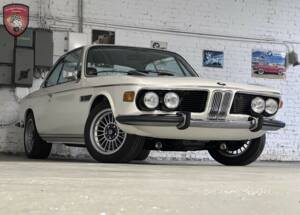BMW 3.0 classic cars for sale
The BMW 3.0 Coupé of the E9 series stands as a high-water mark in BMW’s engineering and design heritage: a masterfully balanced grand tourer that pairs the M30 straight-six with a distinctive silhouette by Wilhelm Hofmeister. Built from 1968 to 1975, these machines combine motorsport DNA, luxurious interiors, and unmistakable style. Robust, quick, and featuring technical innovation well ahead of their time, BMW 3.0 models remain a highlight for collectors and driving enthusiasts.
Search results

1972 | BMW 3.0 CSi
BMW 3.0 CSi
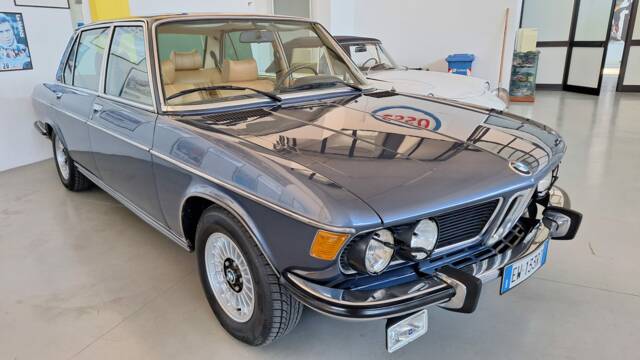
VAT is reclaimable
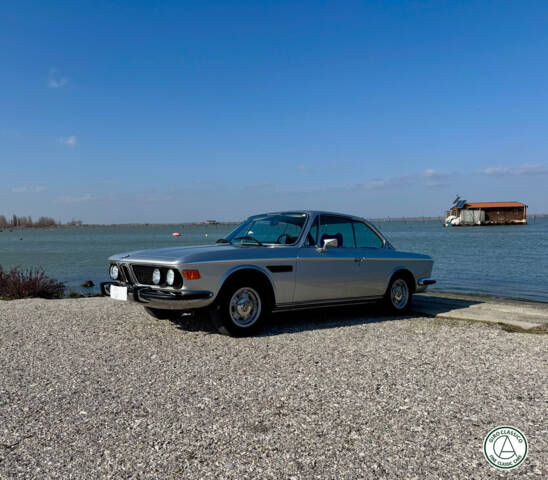
1975 | BMW 3.0 CSi
One of last 55 produced, equipped with air condition and five speed
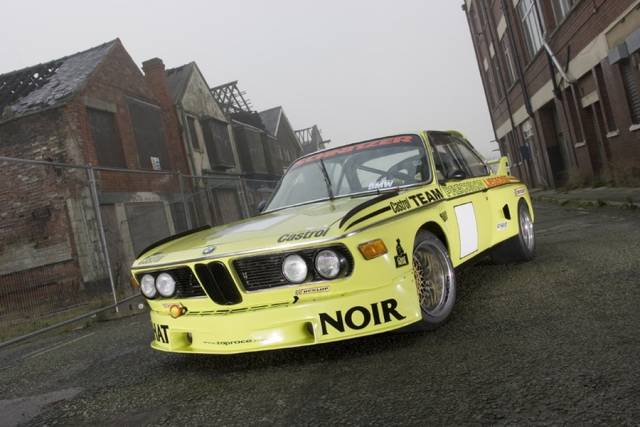
1972 | BMW 3.0 CSL Group 2
Schnitzer BMW CSL 3.5 liter Group 2
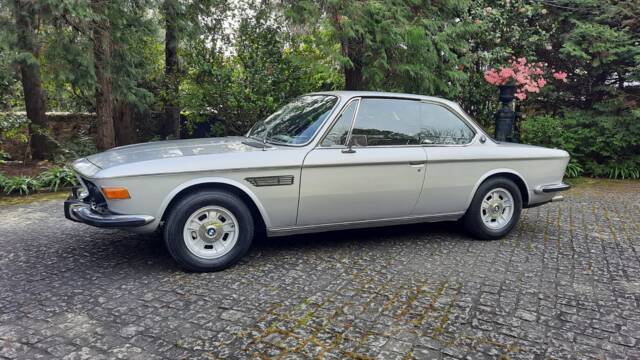
1973 | BMW 3.0 CS
Very good condition

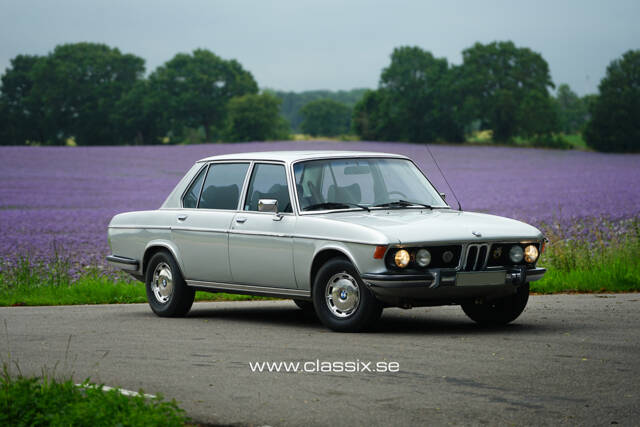
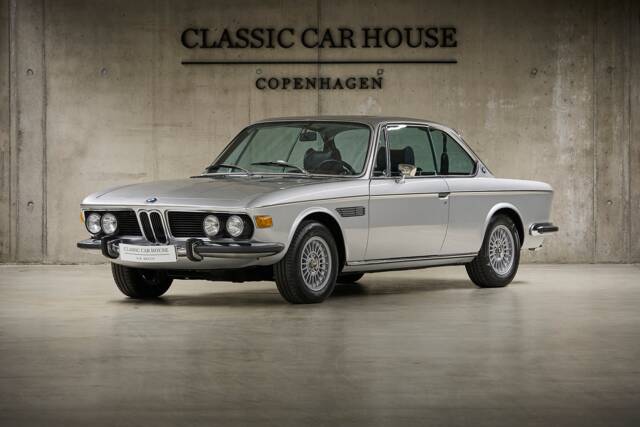
1973 | BMW 3.0 CSi
Polaris Silver 3.0 CSi
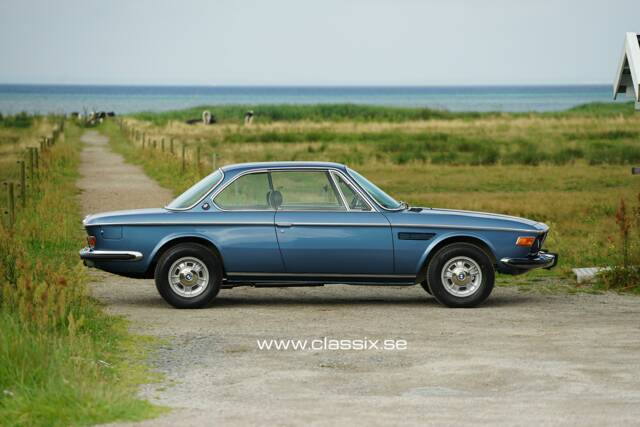
1973 | BMW 3.0 CSi
BMW 3,0 CSi in Baikal blue, restored car
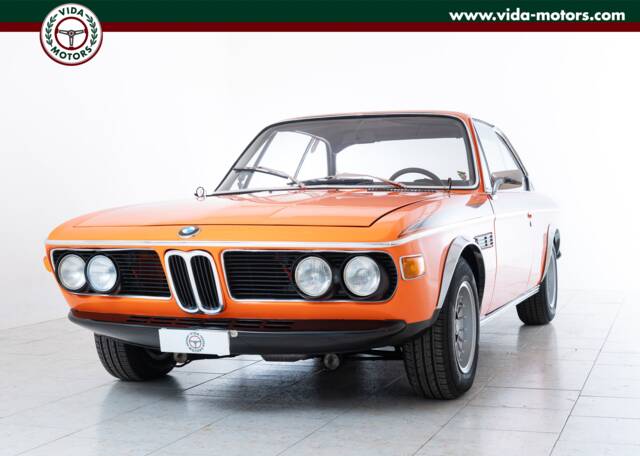
1971 | BMW 3.0 CSL
ONLY 169 UNITS * INKA ORANGE * FIRST SERIES
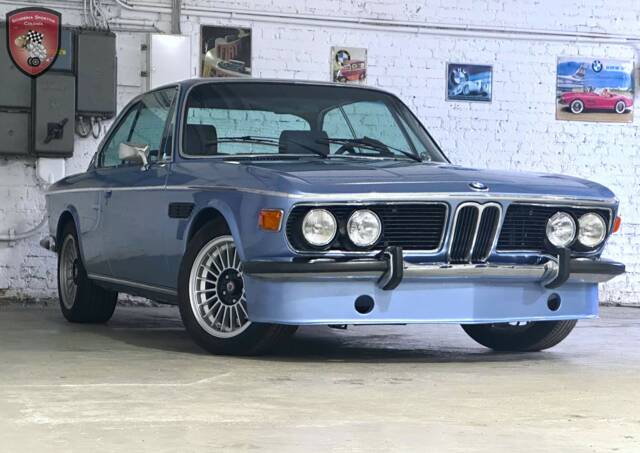
1972 | BMW 3.0 CSi
restored * 5 Speed * Sunroof

1971 | BMW 3.0 CSi
früher CSI * restauriert * Matching Motor & Auslieferungsfarbe
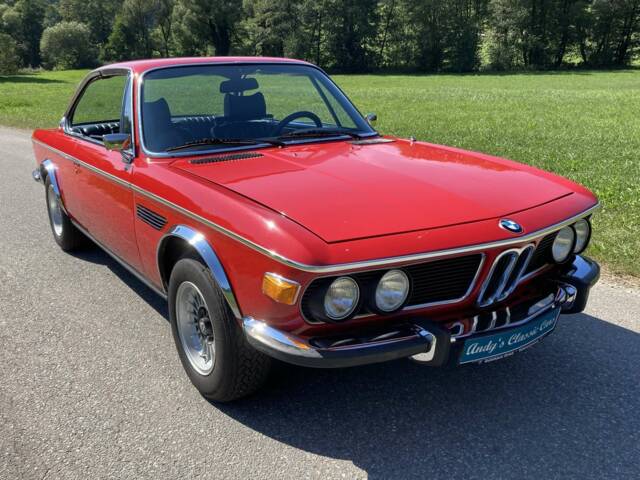
1973 | BMW 3.0 CSi
BMW Sonstige

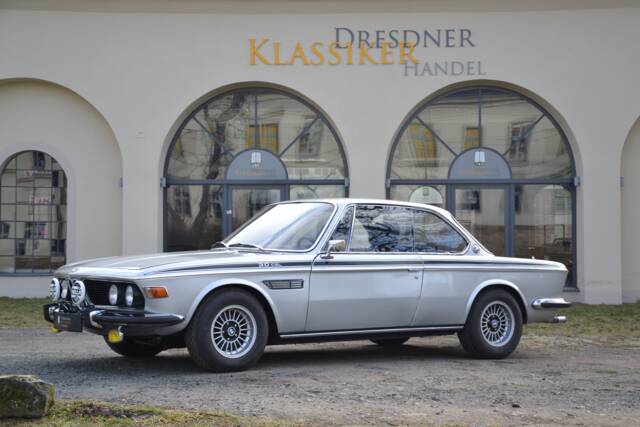
1973 | BMW 3.0 CSL
matching numbers, schweizer Erstauslieferung
History of the BMW 3.0 (E9)
The BMW 3.0 models (E9 series) represent BMW’s return to the upper-class coupé segment, produced between 1968 and 1975 following the 2000 C/CS of the 'Neue Klasse' line. With bodies constructed by Karmann and final assembly by BMW, these coupés were designed to project a sporting image, competing directly with the dominant Mercedes-Benz models of the era. The E9’s introduction was critical in building BMW’s post-war reputation as a manufacturer of engaging, luxurious vehicles. Standout engineering elements include the newly developed M30 straight-six engine, whose reliability and power set a high standard. The E9 played a central role in establishing BMW Motorsport GmbH, achieving multiple European touring car victories, particularly through the 3.0 CSL variant.
Model history and evolution
The E9 coupé, launched as a successor to the BMW 2000 C/CS, saw a broad range of variants from the 2800 CS through to the top-tier CSL. The most significant models are:
- 2800 CS (1968–1971), 170 hp from a 2.8L engine
- 3.0 CS (1971–1975), 180 hp carburettor, most produced variant
- 3.0 CSi (1971–1975), 200 hp with Bosch D-Jetronic injection
- 3.0 CSL (1971–1975), up to 206 hp, with lightweight bodywork for motorsport homologation
- 2.5 CS (1974–1975), 150 hp entry-level variant
- 3.0 CSA automatic, ca. 5,000 units disp. mostly on CS/2800 CS After a production run of 30,546 units across all E9 variants, the BMW E24 6 Series coupé succeeded the E9 in 1976.
Standout features and statistics
The E9 3.0 coupé’s defining features include its lightweight construction (particularly in the CSL), the remarkable M30 straight-six with options up to 206 hp, and the German-Italian design synergy led by Wilhelm Hofmeister. Frame-less doors, a flowing roofline, and the 'shark nose' front create unique visual impact. BMW pioneered extensive use of disc brakes, independent suspension with McPherson struts, and available performance upgrades like Bilstein/Koni dampers. Inside, occupants enjoyed wood trim, power windows, and luxury features not often found in rivals of the period.
Technical Data
Special Editions and Motorsport Models
The standout among special editions is the 3.0 CSL ('Coupé Sport Leichtbau'), conceived for the motor sport homologation process. Only about 1,265 CSLs were built, featuring aluminium doors, bonnet, and boot lid, thinner glass or even Perspex windows, and a stripped interior. Later 'Batmobile' models received dramatic aerodynamics kits for racing. CSLs are among the most admired historic BMWs, with their own enduring legacy in European touring car championships. Also notable: rare E9 convertibles (not by factory, but by specialist coachbuilders such as Jürgen Dreschel).
Maintenance and weak points
E9 BMWs, particularly the 3.0 series, are well supported by a thriving specialist scene and good parts availability. Nonetheless, they are especially vulnerable to corrosion, particularly at the sills, wheel arches, frame sections, door bottoms, and boot floor. Mechanical components are generally robust, especially the M30 engines, but suspension, steering, and brakes should be checked regularly. Preservation of bodywork integrity is the most critical factor in long-term usability and value retention.
Engine, driving experience, and transmission
BMW 3.0 E9 coupés are renowned for their dynamic driving experience: agile chassis balance, potent straight-six engines, and communicative steering. The 3.0 CS produces 180 hp (0–100 km/h in approx. 8.2 s, top speed 207 km/h), while the CSi’s injection engine delivers 200 hp (0–100 km/h in 7.4–7.7 s, top speed 220–224 km/h). The CSL, with weight-saving measures, performs even more impressively. All versions feature rear-wheel drive and rear semi-trailing arm suspension, providing excellent road holding. Gearboxes include smooth ZF/Getrag manuals (4- or 5-speeds) and a 3-speed ZF automatic (mainly on CS/CSA). - 3.0 CS: 180 hp, benchmark for luxury and performance coupés
- 3.0 CSi: 200 hp, fuel injection, superior acceleration and economy
- 3.0 CSL: Motorsport pedigree, up to 206 hp, lightest E9
- 2.5 CS: cost-effective entry point to E9 ownership
Design, interior, and features
The E9’s form, created by Wilhelm Hofmeister and incorporating Italian design influences, is defined by its 'shark nose', slender pillars, and the signature 'Hofmeister kink' at the C-pillar. Coupés feature a hardtop-like effect with all side windows retractable and no B-pillar. Luxurious touches include real wood trim, extensive leather or velour upholstery, power windows, and period extras like air-conditioning (rare in Europe), power steering, and optional sunroof. Noteworthy accessories: original alloy wheels from Alpina, Mahle, or BBS, factory toolkits in the boot, and unique paint colours such as Taiga Green, Fjord Blue, and Inka Orange. The sporty CSL models stripped back the interior and added purposeful accents—aluminium panels, Perspex side windows, and legendary 'Batmobile' aerodynamic kits.
Additional Information
BMW 3.0 (E9) coupés are renowned for their unique combination of robust German engineering and elegant Italian design cues. With strong club support, extensive documentation, and readily available parts, the E9 remains accessible to dedicated enthusiasts. Period slogans like 'Freude am Fahren' (Sheer Driving Pleasure) are most fitting when describing the experience of piloting a well-kept E9.
Summary
BMW 3.0 E9 coupés set a standard for sophisticated, engaging grand tourers of the 1970s, successfully fusing lightweight construction, refined dynamics, and unmistakable aesthetics. Enthusiast support and high demand underscore their continuing significance in the classic car scene. Rust prevention and careful mechanical maintenance are key for long-term enjoyment.





